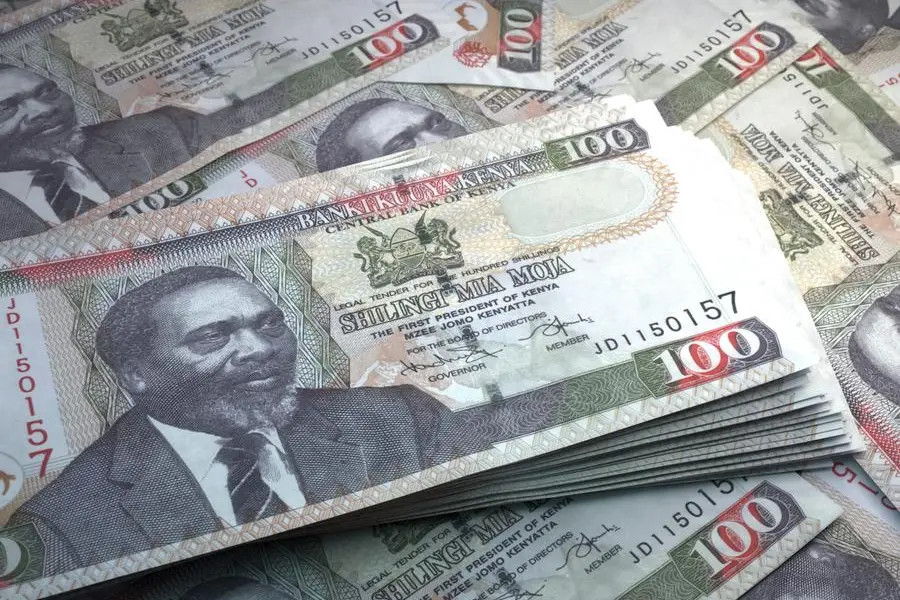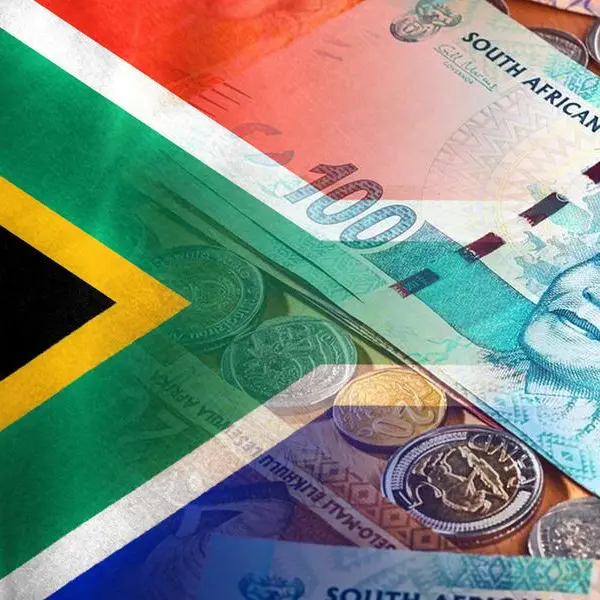PHOTO
The weakening of the Kenya shilling has increased the country's external debt and debt servicing costs over the past four months, the central bank said.
In the year to October 2023, the shilling had depreciated against major currencies and lost 23.4% against the dollar, it said in a report.
During the first four months of the 2023/24 fiscal year that began in July, the external debt increased by 382.6 billion shillings ($2.5 billion) as the shilling tumbled, the report said.
Over the same period, the budgeted external debt service increased by 6.9 billion shillings ($45 million).
As of June, the government was saddled with nearly $70 billion in public debt, or roughly 67% of its GDP.
The Central Bank of Kenya governor Kamau Thugge told a parliamentary committee that Kenya's low export volumes and weak tourism receipts were hurting the shilling.
The currency weakness worsened as the US hiked interest rates to fight inflation, but the Kenyan government was doing its best to secure more foreign currency to prop up the shilling.
“We are engaging development partners with the expectations of inflows," he told the Public Debt and Privatisation Committee of the National Assembly.
The shilling fell to a new record low on Friday after President William Ruto confirmed plans to redeem a portion of a $2 billion eurobond due in June, despite Kenya’s low foreign exchange inflows.
(Editing by Seban Scaria seban.scaria@lseg.com )





















